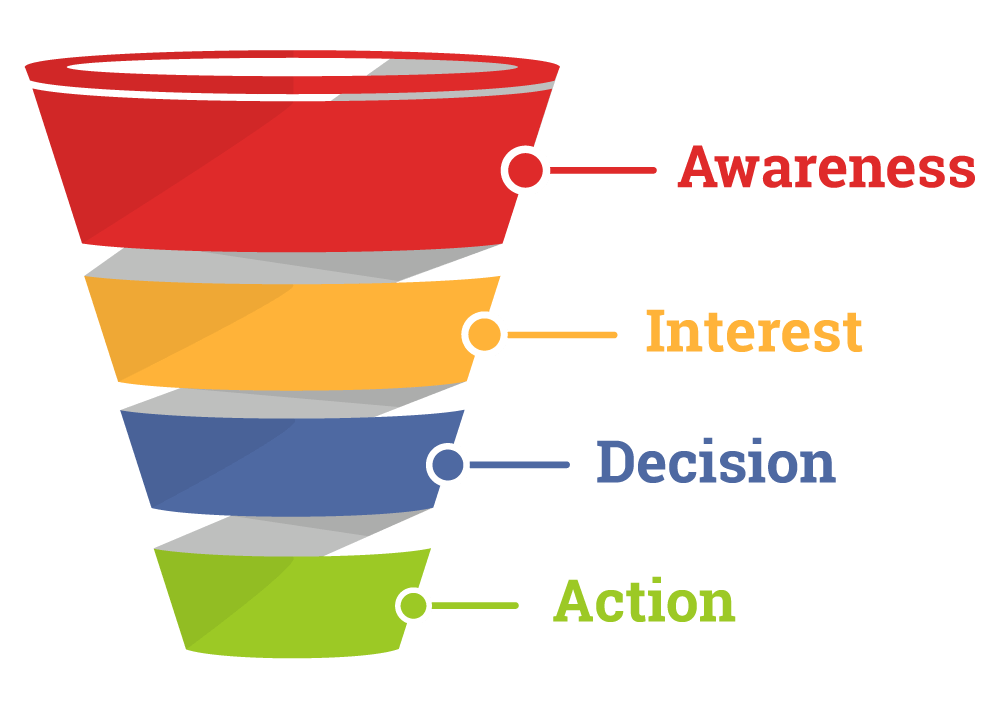by MGB2B

The Myth: You can’t get new clients on LinkedIn.
The Truth: If you play your cards right, LinkedIn can be lucrative for your brand.
LinkedIn has become somewhat of a playground for spam and unsolicited sales pitches, an approach that you should undoubtedly avoid when trying to make connections and reach prospects. You might wonder: If I can’t pitch on LinkedIn, how do I use it to drum up business? One of the best ways to form lucrative and lasting connections is by using LinkedIn’s group discussion feature. So how does your business turn something as simple as a LinkedIn group into new business?
Try this simple and effective strategy to use LinkedIn for lead generation:
- Join Other Groups Before Establishing Your Own. The best way to understand how groups operate is to see how other people are using them. Join groups that are relevant to your company and your industry. And make sure you participate. Becoming a part of the discussion gives you the opportunity to establish yourself, and your brand, as a thought leader. Once you’ve got the hang of it, its time to start your own group.
- Narrow the Target. Find Your Niche. This step is crucial when it comes to using LinkedIn for lead generation. The execution of your new group must be specific in order to attract the right target markets. For starters, be sure the category of your group highlights what your company is/should be known for. Again, here’s where other LinkedIn groups might come in handy. Browse other LinkedIn Groups started by established businesses in your industry. Are they much different? The same? How do their ideal clients compare with yours? See what resonates, what doesn’t work, and most importantly – what you can do differently to set yourself apart from the pack.
- Use Accurate Words in Your Title and Description. While optimizing your descriptions with keywords will no longer get you anywhere in terms of search, the words you use are still important. Choose words that accurately describe what your discussion group will bring to the table, you’ll increase the chances that your targets will understand who you are and what you wish to accomplish. Your mission should be very clear and impactful. Groups with ambiguous descriptions are deemed to lack focus and value. Often times, poorly described groups are a disguise for marketers who want to dump buckets of spam and unsolicited pitches all over the newsfeed. Don’t let anyone get the wrong idea. Leave a positive impression on your members – any of them could easily evolve into a new client.
- Keep Your Group Open. This allows anyone to join and can gain you more visibility than a closed group. You needn’t worry about widening your net; LinkedIn requires vetting of members for all groups, open or closed. Be very clear as to who should be accepted into your group by setting your “Group Rules.” You can encourage your members to share the group and specific group discussions in order to grow your member base.
- Invite People to Join. You have clients and colleagues, new and old, who can benefit from your discussion group. Make sure you invite them to join your group, so you can grow your base with those who already support your mission and have interesting things to contribute.
- Be a Leader. Closely manage and lead your group to make them feel empowered and engaged. Ask them provocative questions and contribute content that will get the conversation going. It only takes a little friction to ignite a spark. In addition, don’t be afraid to praise members who are most involved. They are the ones most likely to become customers if they aren’t already.
- Promote. Subtly. In order to reach new prospects on other LinkedIn discussion groups, you can politely mention you have started your own interesting group that members should consider joining. This cannot be shameless self-promotion. Carefully craft your message once you’ve been participating in a conversation, and only push them to your group if what you are discussing is relevant. People will be disappointed if they are sent to a group that has nothing to do with the current conversation.
LinkedIn has taken steps to keep spammers out and good content in. This means the conversations you start in your group need to be authentic and engaging. It requires time and is a slow burn in terms of lead generation, but it’s a great way to generate quality leads.
Think of a discussion group as just one way to use LinkedIn for lead generation. If you navigate it correctly, you’ll have a forum to cultivate successful business relationships for years to come.
Continue Reading
by MGB2B
With so many advertising options out there, it can be difficult to sift through the clutter and decide what the right B2B media mix is for your business. A media mix is the combination of communication channels you can use to market your business. It can include print and online ads, radio, television, billboards, websites, email, and social media. The mix will vary depending on your specific marketing goals; however, there is always one commonality: we want the consumer to take action.
That action could be visiting a landing page, filling out a contact form, or making a purchase. Whatever the desired action may be, the goal of your marketing mix is to drive as many customers as possible to that action. How? By feeding each step of the sales funnel with the right media tools.

Step 1: Awareness
What It Is – The customer is aware of the existence of your product or service, but doesn’t know much about it. Yet.
Media Tools – Broad reach media such as print ads in trade publications, radio, and television ads on targeted channels.
Step 2: Interest
What It Is – The customer begins actively expressing an interest in your product or service, but may still be skeptical.
Media Tools – Targeted, informational media such as paid social media posts with industry-related topics, informational webinars with affiliate trade publications, sponsored e-blasts through trade publications, paid search.
Step 3: Decision
What It Is – The customer is interested, engaged, and ready to make their decision. The goal is to make sure it’s you they are choosing.
Media Tools – Targeted, sales-focused media such as direct email campaigns, paid social media, targeted online display advertising, paid search.
Step 4: Action
What It Is – The customer is ready to take the next step towards purchasing your product.
Media Tools – Continuation of media from Step 3, with renewed focus on driving customers to your point of sale (website, contact form, phone number, etc.).
There is no absolute formula for making a sale. But by putting together an enticing media mix instead of putting your eggs all in one basket, you can guide your potential customer through the sales funnel – and increase your likelihood of closing that sale.
Continue Reading
by MGB2B

The Myth: It’s Okay to Work a Little on Labor Day
The Truth: Labor Day’s True Meaning Might Change Your Mind
It’s okay to research a few prospects on Labor Day, right? Maybe check up on the competition in between beers and burgers? Well sure, you’re a grown-up – you can do whatever you like on Labor Day.
But when you learn about the history of the holiday, you may give it a second thought. When Labor Day was established back in 1894, working conditions were far worse than almost anything you could imagine today. 12-hour days and 7-day weeks were the norm, small children were put to work in factories, and many workplaces were unsafe and unsanitary, putting workers in danger on a daily basis.
As labor unions became more prominent, they held rallies and strikes to protest these awful conditions. The events often ended in violence, with both workers and policemen losing their lives in the fray. After things got out of hand following an organized boycott of Pullman railway cars, and 12 people were killed in the resulting riots, Congress made Labor Day a legal holiday, memorializing those who gave their lives in the name of workers’ rights and honoring those who toiled day in and day out in order to make an honest living. It was a decision that paved the way for many improvements to the work experience in the coming years.
The best way to pay homage to those who sacrificed their lives is to stop and reflect on the day that was created to relieve the plight of the American worker. So put down your laptop and raise your glass. Your competitors and prospects? They’ll still be there waiting for you on Tuesday morning.
Continue Reading


